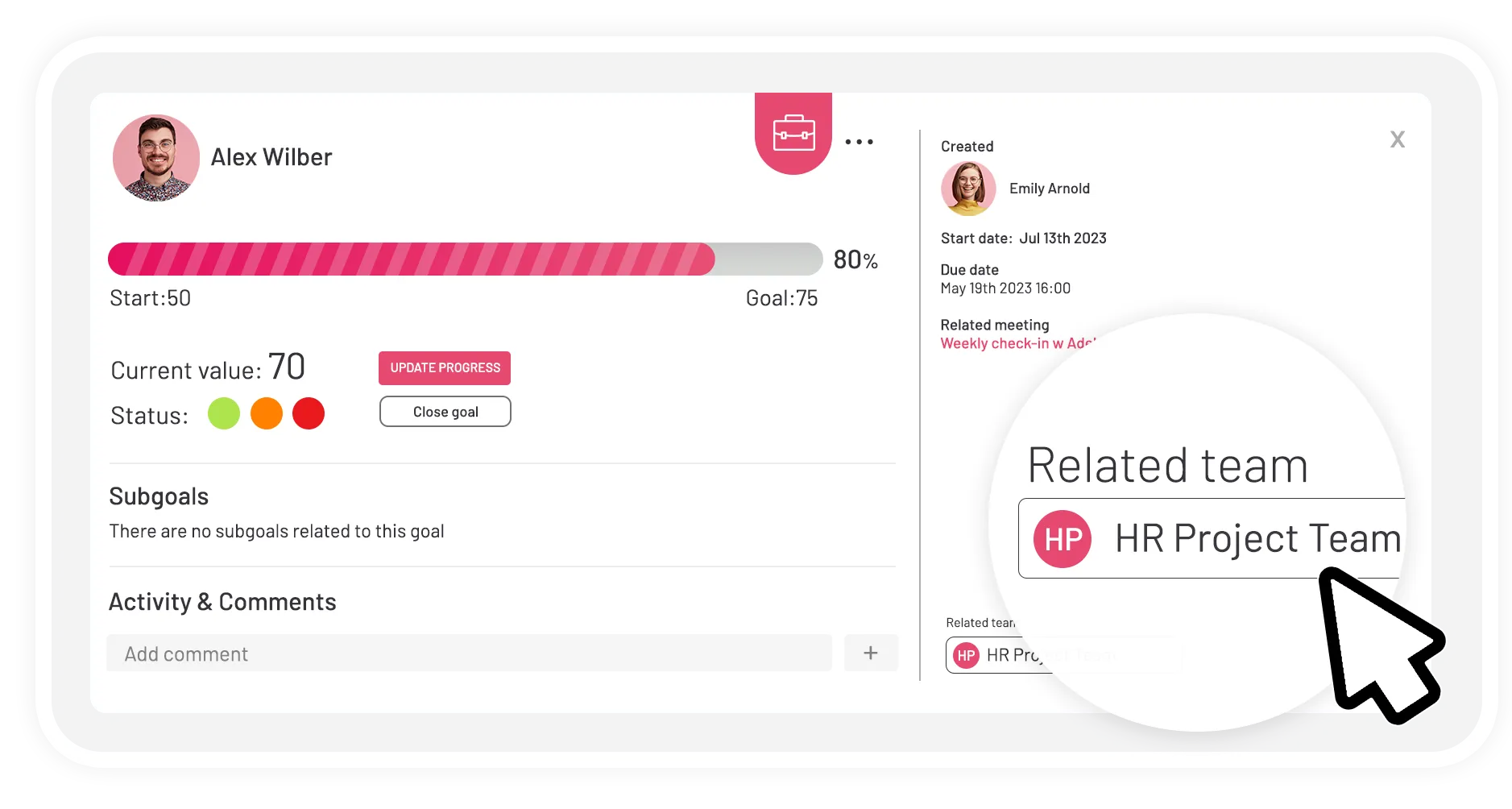Do you remember back in 2020 when we thought we would be done with this whole “Managing remote teams” business by the end of the year? Fun times. We are turning the page on another calendar year and as 2023 makes way for 2024, remote team management doesn’t seem to be going anywhere, anytime soon. The popularity of remote work models only seems to be growing with each passing day.
Unless your name is Elon Musk and you just broke the bank on a little blue bird website, then you probably appreciate all the incredible benefits remote working brought to our lives. If by any chance you, our beloved reader, are indeed Mr. Musk we do hope you are enjoying your new billion-dollar toy!
As exciting as the developments in remote workforce models are, managing remote teams does have various intricacies. There is great freedom in managing virtual teams. If that freedom is supported by trust, effective performance management, viable employee engagement strategies, and mutual respect, the sky is the limit for an organization working with a remote model.
Have we beaten around the bush long enough? Our word counts tell us that it is time to let you in on our tips and best practices for managing remote teams.
Table of Contents
How do you manage and lead remote teams?
Set clear goals and set them clearly
The first step in managing remote teams is to establish clear expectations. This includes setting goals and deadlines, defining roles and responsibilities, and outlining communication protocols. It is important to ensure that everyone on the team understands the expectations and is held accountable for meeting them. One of the best ways of practicing goal-setting is through OKRs.
An OKR software is the best way to go when you are working in a remote setting. We can hear you asking “Aren’t OKRs for tech companies?”. To that we say, give the title of this list another look! It is almost 2024! Everyone is practicing OKRs!
Connection Through Recognition

This can be done by providing regular opportunities for team members to connect and collaborate, such as virtual meetings and video conferencing. When managing remote teams, it is important to ensure that team members feel supported and valued.
One of the best ways to show that support goes through practicing employee recognition. Remote employee recognition is a massive part of managing remote teams. If you are a leader, tasked with managing remote teams then there are some incredible remote employee recognition tools out there in the market today.
Invest in the right tools
When managing remote teams, leaders should ensure that team members have the necessary tools and resources to be successful. This includes providing access to the necessary technology, such as laptops, software, and other tools. Investing in performance management software might be one of the best courses of action when one is attempting to manage a remote workforce.
Deciding what to look for in performance management software might be hard. Every organization has its own unique set of needs. There are, however, three central features you should take into consideration:
- Customization
- Integration
- Ease-of-use
Your performance management system should be able to fit into your day-to-day operations and assist you in managing remote teams. You shouldn’t have to guide your virtual teams through minutes upon minutes of tutorial footage.
Integration into the rest of your software is also key since you don’t want your employees running back and forth between multiple software. A great example of that is Teamflect’s impressive Microsoft Teams integration, letting its users manage remote teams without ever leaving Microsoft Teams.



